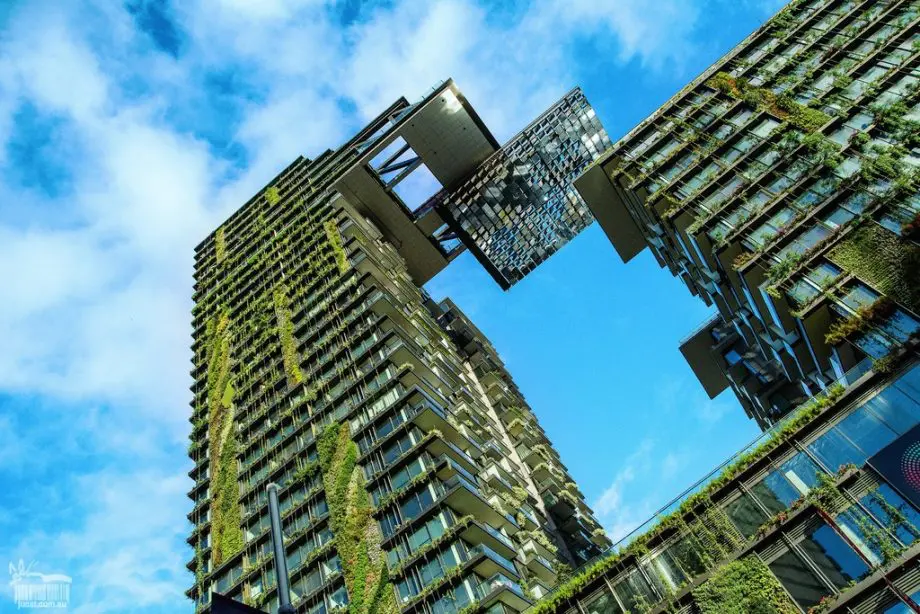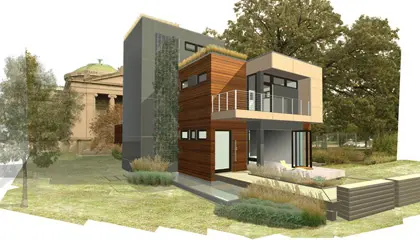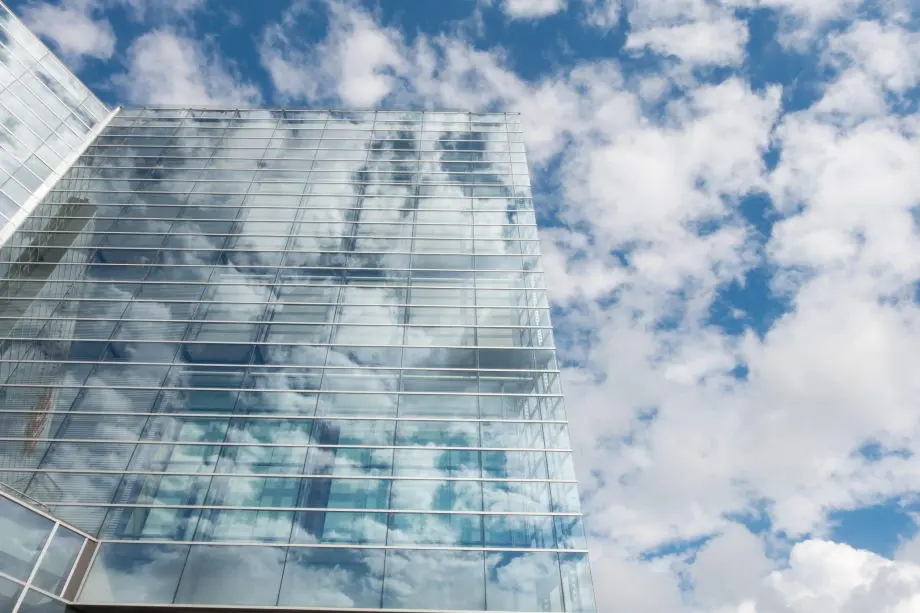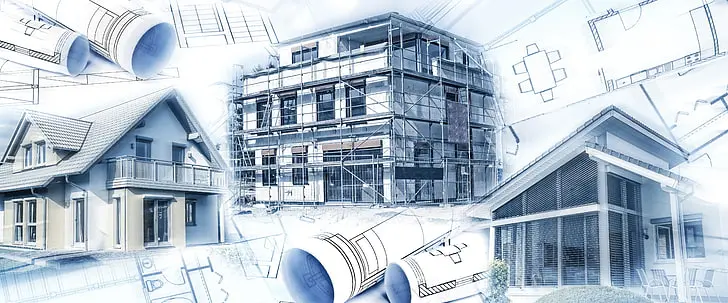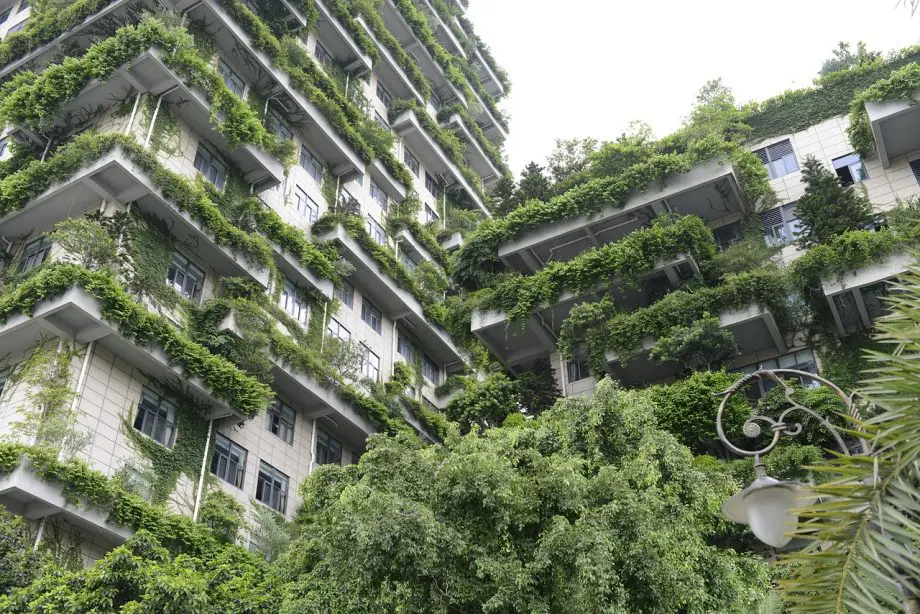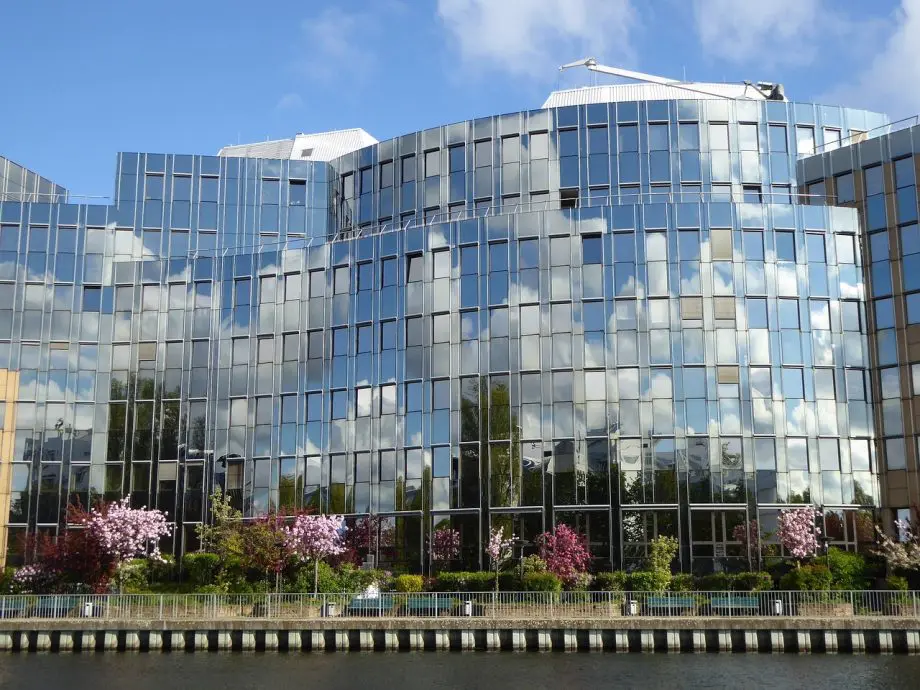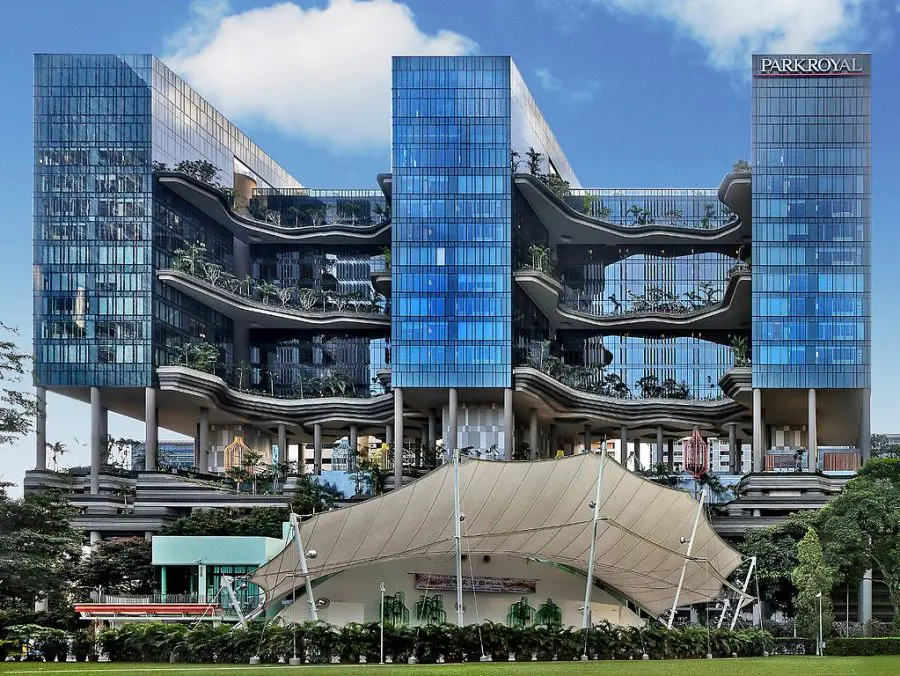
Explore the components of green building in our latest blog post. Dive into energy efficiency, water conservation, and more for a sustainable future!
Ever wondered what makes a building green? It’s not about the color, but about the components of green building that make it stand out.
These components are the secret ingredients that transform a regular building into a beacon of sustainability.
In this blog post, we’re going to unravel the key principles of green building showing you how each one contributes to a healthier environment and a more sustainable future.
So, let’s embark on this enlightening journey together!
The Components of Green Building
Welcome to our deep dive into the world of green building! This isn’t just about bricks and mortar, it’s about creating spaces that respect and enhance the environment.
In this post, we’ll explore the key components of green building, from energy efficiency to waste reduction and everything in between.
We’ll also delve into the benefits of green building and the standards that guide its implementation worldwide.
Plus, we’ll answer some frequently asked questions to quench your curiosity.
So, buckle up and get ready for an enlightening journey into the heart of sustainable construction.
Definition of Green Building
Let’s start with the basics. What exactly is a green building? Well, it’s not just a structure that’s painted green!
A green building, also known as a sustainable building, is designed, constructed, and operated to minimize the total environmental impacts.
It’s all about efficiency and moderation in the use of materials, energy, and development space.
But it doesn’t stop there. A green building also takes into account the health and comfort of the occupants, while reducing waste, pollution, and environmental degradation.
It’s like a well-oiled machine, where every part works in harmony with the environment.
Importance of Green Building
Now that we’ve defined what a green building is, let’s talk about why it’s important.
Green buildings go beyond bricks and mortar to make a significant impact on our environmental and personal health.
They play a crucial role in reducing our carbon footprint and promoting sustainable living.
By using resources more efficiently, green buildings reduce our reliance on natural resources, decrease water and energy consumption, and promote recycling and waste reduction.
But it’s not just about the environment. Green buildings also provide healthier living spaces for occupants, with better air quality, natural light, and temperature control.
It’s a win-win situation for both the planet and its people!
9 Fundamentals of Green Building
Now that we’ve set the stage with what green building is and why it’s important, let’s dig a little deeper.
In this section, we’re going to explore the fundamentals of green building.
These are the core principles that guide the design, construction, and operation of a green building.
From energy efficiency to waste reduction, each of these components plays a vital role in making a building truly green.
So, let’s roll up our sleeves and dive into the fascinating world of green building fundamentals.
You might be surprised at how much there is to learn!
1. Energy Efficiency & Renewable Energy
Let’s kick things off with energy efficiency and renewable energy. A green building is like a power-saver mode for the environment.
It’s designed to use less energy, reducing the demand on the world’s power grids.
This is achieved through a variety of methods, such as improved insulation, energy-efficient appliances, and smart design that maximizes natural light.
But it’s not just about using less energy, it’s also about sourcing it responsibly.
Green buildings often incorporate renewable energy sources, like solar panels or wind turbines, to further reduce their carbon footprint.
2. Water Efficiency
Next up is water efficiency. In a world where water scarcity is a growing concern, green buildings are stepping up to the plate.
They are designed to use water more efficiently, both by reducing water consumption and by treating and reusing greywater for non-drinking purposes such as flushing toilets or watering gardens.
This not only conserves water but also reduces the strain on municipal water supply and wastewater systems.
3. Environmentally Sustainable Building Materials & Specifications
When it comes to green construction, not all materials are created equal.
Green buildings prioritize environmentally preferable materials. These are materials that have a lower impact on the environment over their lifecycle, from extraction and manufacturing to disposal.
This could include recycled or recyclable materials, locally sourced materials that reduce transportation emissions, and materials that are produced using sustainable farming or forestry practices.
4. Waste Reduction
Waste not, want not. This old saying is a key principle in green building.
From the construction phase to daily operations, green buildings aim to reduce waste wherever possible.
This could involve using construction techniques that generate less waste, implementing recycling programs, or designing spaces that encourage occupants to live a less wasteful lifestyle.
5. Toxins Reduction
A green building isn’t just better for the planet. It’s also better for the people who live and work there.
By reducing toxins, green buildings can create a healthier indoor environment.
This could involve using paints and finishes that are low in volatile organic compounds (VOCs), installing air filtration systems, or choosing building materials that don’t off-gas harmful chemicals.
6. Indoor Air Quality
Speaking of a healthier indoor environment, let’s talk about indoor air quality.
Green buildings prioritize good indoor air quality, recognizing that we spend most of our time indoors.
This can involve everything from ensuring adequate ventilation to using materials that don’t off-gas harmful chemicals.
7. Smart Growth & Sustainable Development
Green building is about more than just the building itself. It’s also about how that building fits into the larger community.
Smart growth and sustainable development principles guide the placement and design of green buildings to create walkable, livable communities with a mix of residential, commercial, and public spaces.
8. Land Use
Land use is another key consideration in green building. This involves choosing sites that are appropriate for development and designing buildings to have a minimal impact on the site.
This could involve preserving natural features, minimizing hard surfaces that contribute to stormwater runoff, or even restoring damaged ecosystems.
9. Materials Selection
Last but not least, materials selection is a critical part of green building.
This involves choosing materials that are durable, recyclable, and have a low impact on the environment.
It’s not just about what materials are used, but also how they’re used.
Green buildings aim to use materials efficiently, reducing waste and making the most of each resource.
Benefits of Green Building
As we journey further into the world of green building, it’s time to uncover the treasure trove of benefits it offers.
Green buildings aren’t just good for the environment, they’re also packed with advantages for the people who live and work in them, and even for the broader community.
From cost savings to improved health and well-being, the benefits of green building are far-reaching and impactful.
So, let’s dive in and discover why green building isn’t just a trend, but a smart and sustainable choice for our future.
Lower Utility and Operational Costs
One of the most tangible benefits of green buildings is the savings on utility and operational costs.
Thanks to their energy-efficient design and use of renewable energy sources, green buildings often have significantly lower energy bills.
The same goes for water usage, with efficient fixtures and water recycling systems reducing the amount of water consumed.
Over time, these savings can add up to a significant amount, making green buildings not just environmentally friendly, but also economically smart.
Reduced Waste Generation
Green buildings are designed with waste reduction in mind.
This starts during the construction phase, where careful planning and innovative techniques can significantly reduce the amount of waste generated.
Once the building is in use, features like recycling facilities and composting systems can help occupants reduce their own waste.
This not only helps the environment but can also lead to cost savings in waste disposal.
Improved Indoor Environmental Quality
Green buildings offer a breath of fresh air, quite literally.
With a focus on reducing toxins and improving ventilation, they offer a healthier indoor environment.
This can lead to fewer health problems associated with poor indoor air quality, such as allergies and respiratory issues.
Plus, with more natural light and a comfortable temperature, they’re just nicer places to be!
Optimal Building Performance
Green buildings are designed and built to perform optimally. This means they’re not just efficient, but also durable and easy to maintain.
High-quality materials and careful construction mean fewer repairs and replacements, saving time and money in the long run.
Plus, with systems designed to work together efficiently, they offer a smooth and seamless living or working experience.
Enhanced Comfort and Well-being of Occupants
Living or working in a green building isn’t just about saving money or the planet.
It’s also about enjoying a comfortable and pleasant environment. Green buildings are designed with the well-being of occupants in mind.
This can mean everything from better temperature control and lighting to noise reduction and access to outdoor spaces.
The result? A space that people enjoy spending time in, leading to happier and more productive occupants.
Increased Property Values
Finally, green buildings can be a great investment. As more and more people recognize the benefits of green buildings, demand for these properties is growing.
This can lead to higher property values, making green buildings a smart choice for property owners and investors.
Plus, with many governments offering incentives for green building, the financial benefits can be even greater.
Green Building Standards Around the World
As we continue our exploration of green building, it’s time to take a global perspective.
Green building isn’t just a local trend rather it’s a worldwide movement, with standards and certifications that span the globe.
These standards provide a roadmap for creating green buildings, setting out the principles and practices that ensure a building is truly green.
In this section, we’ll take a tour of these standards, giving you a glimpse into the world of green building on a global scale.
So, fasten your seatbelts and get ready for a worldwide adventure in sustainability!
LEED
The first stop on our global tour is LEED, or Leadership in Energy and Environmental Design.
This is one of the most widely recognized green building certification systems in the world.
Developed by the U.S. Green Building Council, LEED provides a framework for creating healthy, highly efficient, and cost-saving green buildings.
LEED certification is a globally recognized symbol of sustainability achievement and leadership.
It covers a wide range of building types, from homes to offices, and includes several levels of certification, from Certified to Platinum, depending on how many points a building earns for its green features.
BREEAM
Next, we hop across the pond to the UK, home of BREEAM, or the Building Research Establishment Environmental Assessment Method.
BREEAM is the world’s longest-established method of assessing, rating and certifying the sustainability of buildings.
It covers a range of issues, including energy use, health and well-being, pollution, transport, materials, waste, and more.
Like LEED, BREEAM offers several levels of certification, from Pass to Outstanding.
It’s widely used in Europe and is gaining recognition in other parts of the world too.
BREEAM is a testament to the fact that green building is a truly global movement.
Fundamentals of Green Building FAQs
As we navigate the world of green building, it’s natural to have a few questions.
After all, it’s a complex field with many different aspects to consider. That’s why we’ve dedicated this section to answering some of the most frequently asked questions about green building.
From the basic principles of green design to the difference between a green building and a smart building, we’ve got you covered.
So, if you’ve been wondering about something, chances are you’ll find the answer here.
Let’s dive into the FAQs and clear up any lingering queries you might have!
Q: What are the 5 basic principles of green building design?
A: The five basic principles of green building design are:
1. Energy Efficiency: This involves designing buildings to use less energy, often through the use of energy-efficient appliances, improved insulation, and renewable energy sources.
2. Water Efficiency: Green buildings are designed to reduce water consumption, often through the use of efficient fixtures and appliances, and water recycling systems.
3. Environmentally Friendly Building Materials: This involves choosing materials that have a lower impact on the environment, either because they are sustainably sourced, recycled, or have low levels of harmful substances.
4. Indoor Environmental Quality: Green buildings aim to create a healthier indoor environment, often through improved ventilation, the use of materials that don’t off-gas harmful chemicals, and design features that increase natural light.
5. Waste Reduction: Green buildings aim to reduce waste, both during construction and in their ongoing operation.
This can involve using construction techniques that generate less waste, implementing recycling programs, and designing spaces that encourage occupants to live a less wasteful lifestyle.
Q: What makes a green building sustainable?
A: A green building is considered sustainable because it reduces or eliminates negative impacts on the environment.
This is achieved through energy efficiency, water efficiency, using environmentally friendly building materials, reducing waste, and improving indoor environmental quality.
By focusing on these areas, green buildings use fewer resources, emit fewer pollutants, and create healthier environments for people.
Q: What is the difference between a green building and a smart building?
A: While there is some overlap, green buildings, and smart buildings are not the same thing.
A green building is focused on reducing its environmental impact through sustainable design and operation.
A smart building, on the other hand, uses technology and data to improve its operations and the comfort of its occupants.
This can include things like automated lighting and temperature controls, security systems, and other technology-driven features.
However, many smart buildings are also green buildings, as the data they collect can be used to further improve efficiency and reduce environmental impact.
Q: Which is an example of a green building?
A: There are many examples of green buildings around the world.
One notable example is the Bullitt Center in Seattle, USA.
Known as one of the greenest commercial buildings in the world, it has a host of sustainable features, including a rainwater-to-potable water system, composting toilets, and a large solar array that allows it to produce as much electricity as it uses.
It’s a shining example of what green building can achieve.
Components of Green Building Conclusion
As we reach the end of our green building journey, it’s time to reflect on what we’ve learned.
We’ve delved into the components of green building, explored its benefits, and even taken a global tour of green building standards.
But the journey doesn’t end here. Green building is a rapidly evolving field, with new innovations and developments happening all the time.
So, while this post may be wrapping up, the conversation about green building is far from over.
Let’s take a moment to look back on our journey and consider the future of green building.
Recap: Fundamentals of Green Building
Let’s take a moment to reflect on our journey through the world of green building.
• We started by defining what a green building is and why it’s so important.
• We then delved into the fundamentals of green building, covering everything from energy efficiency to waste reduction.
• We also explored the many benefits of green buildings, from lower utility costs to improved indoor air quality.
• Our journey then took us around the world as we looked at green building standards like LEED and BREEAM.
• And finally, we answered some of the most frequently asked questions about green building.
It’s been quite a journey, and we’ve covered a lot of ground!
The Future of Green Building
Looking ahead, the future of green building is bright. As awareness of environmental issues continues to grow, so too does the demand for green buildings.
Innovations in technology and design are making it easier than ever to build green, and governments around the world are introducing incentives and regulations to encourage green building.
But perhaps most importantly, people are recognizing the benefits of green building not just for the environment, but for their health, wellbeing, and wallets too.
As we move forward, green building is set to become not just an alternative, but the standard for construction worldwide.
So, here’s to a greener, more sustainable future!

